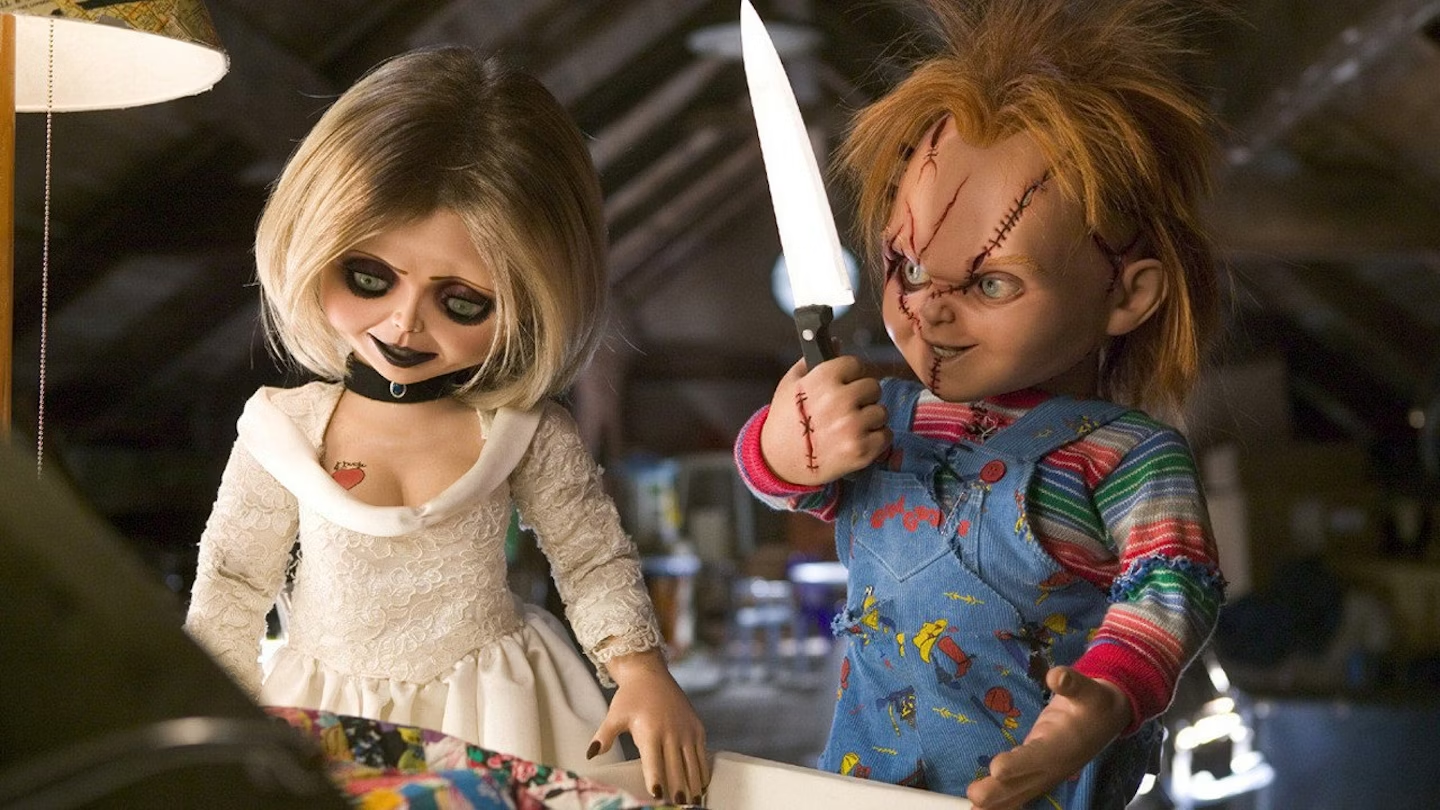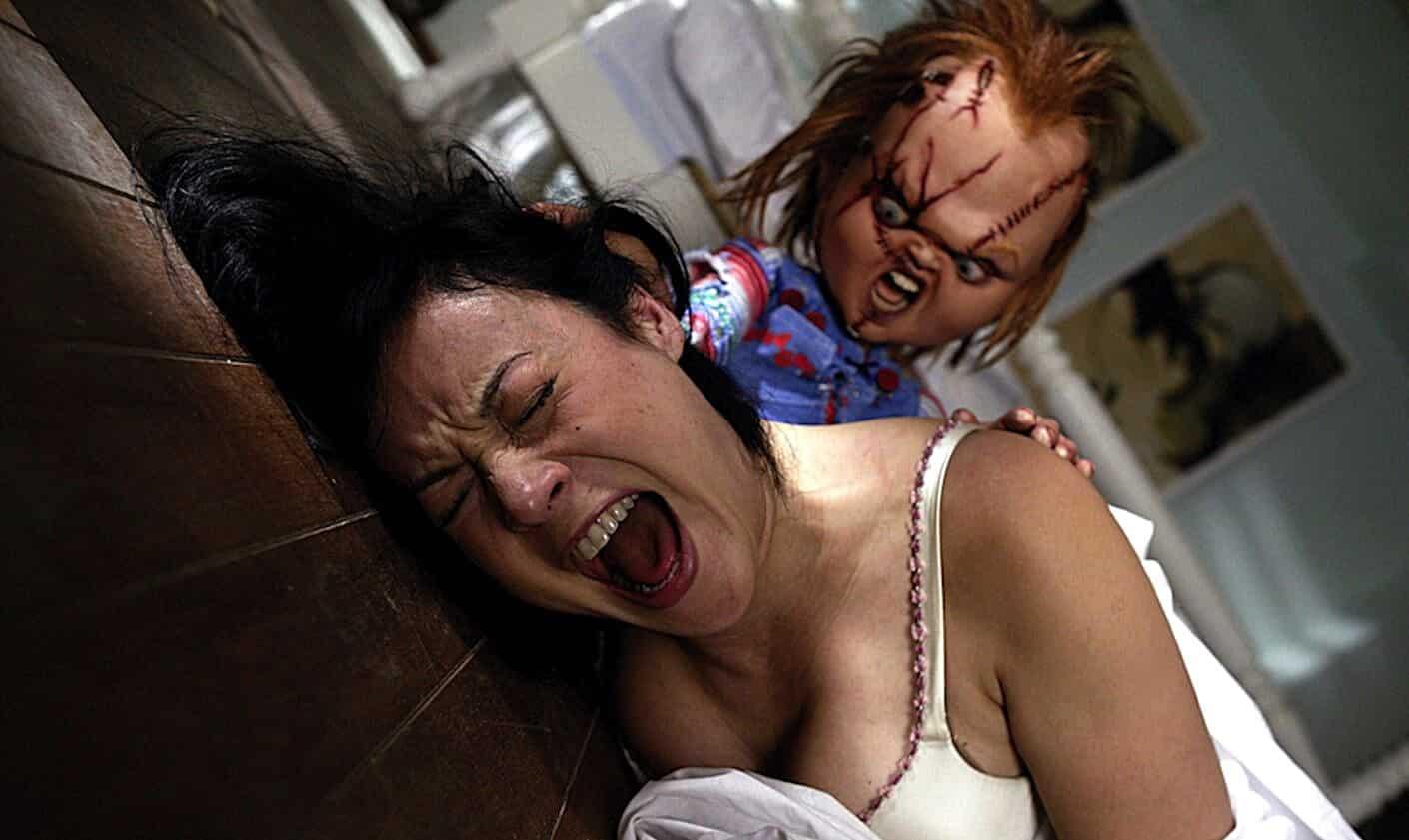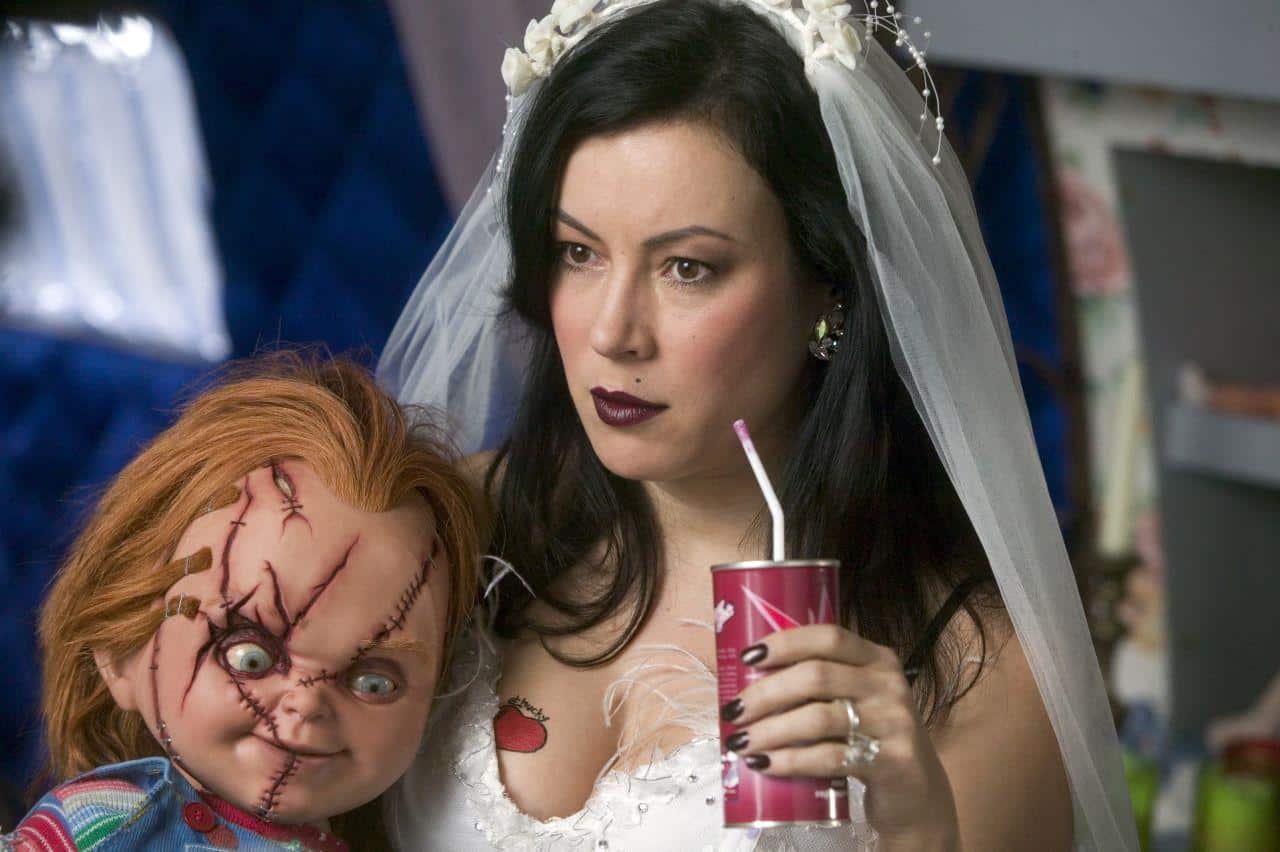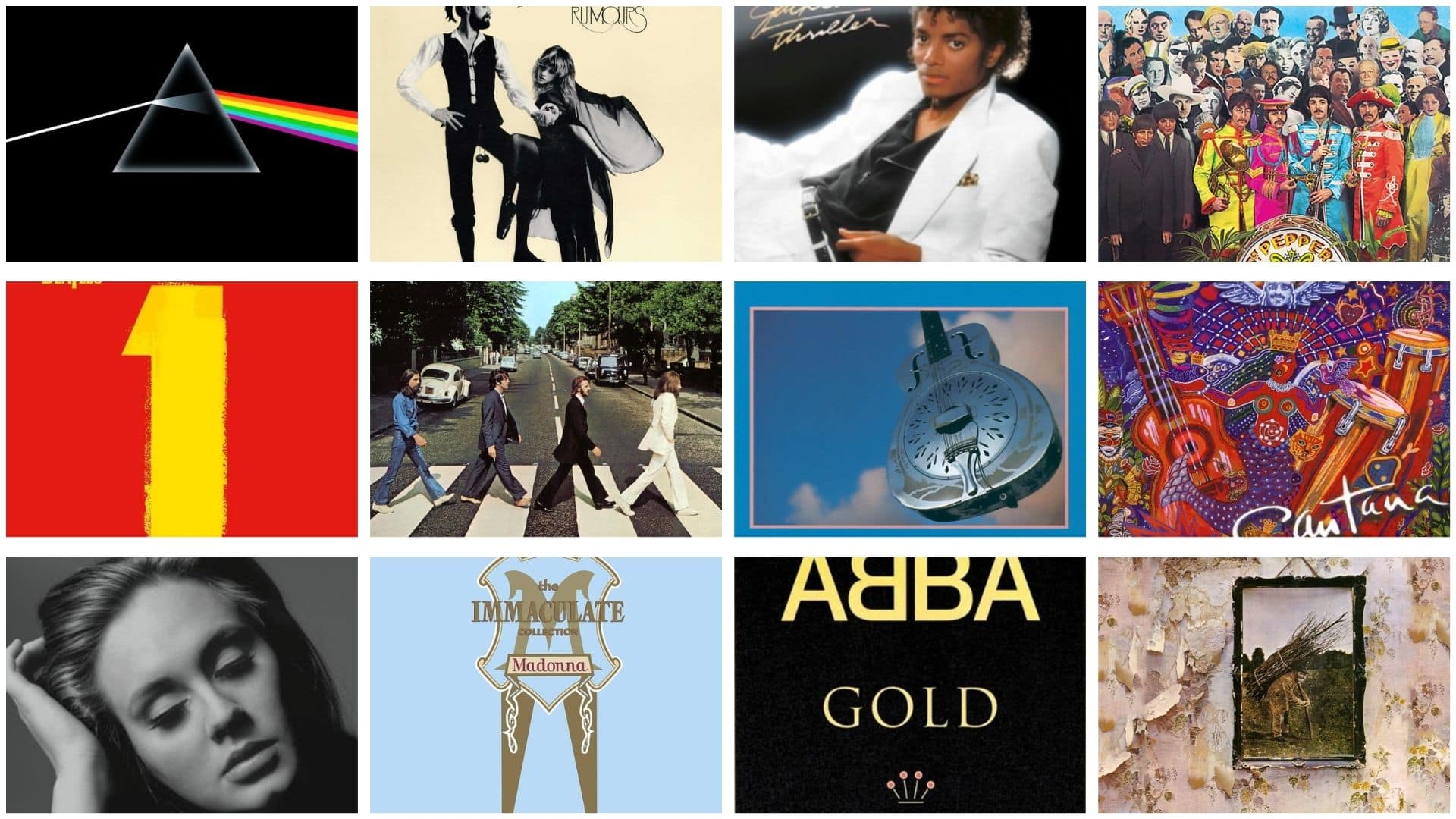In the pantheon of horror franchises, “Seed of Chucky” stands as the rebellious misfit, boldly rejecting convention for gloriously unhinged camp.
Don Mancini’s debut turns the fifth Child’s Play into a meta-Hollywood satire and gender identity exploration wrapped in bloody absurdity.
Jennifer Tilly’s bold dual role, practical effects, and Billy Boyd’s poignant voice for Glen/Glenda make this 2004 cult classic worth re-evaluation.
Beneath its shocking exterior, this film’s artistic ambition elevates it beyond a typical killer doll movie, representing a unique horror genre hybrid.
Why You Need to Watch Seed of Chucky Right Now!

“One of the most radical studio films of the aughts: a distillation of Camp; a piece about performance; and, with both, a self-aware tale of gender.” – Roger Ebert.com
Twenty years after its release, “Seed of Chucky” has transformed from commercial disappointment to celebrated queer horror touchstone.
As studios scrambled to create authentic LGBTQ+ content, this audacious film boldly explored gender identity on 2,000 screens back in 2004.
With its anniversary, it’s a great time to explore why this entry is the most fascinating in the Child’s Play franchise.
The film’s unapologetic blend of horror, Hollywood satire, and queer themes continues to inspire contemporary filmmakers pushing boundaries in genre cinema.
Its impact resonates through modern horror comedies that dare to use the genre for social commentary.
Verdict: A gloriously unhinged camp classic that was decades ahead of its time.
Film Overview
Released November 12, 2004, “Seed of Chucky” marks Don Mancini’s directorial debut and the fifth entry in the Child’s Play franchise.
This R-rated horror-comedy runs 87 minutes and features Brad Dourif as Chucky and Jennifer Tilly as herself and Tiffany.
The film focuses on Glen/Glenda, the gender-confused child of killer dolls Chucky and Tiffany, who resurrect their parents seeking acceptance.
They embark on a bloody adventure featuring a Chucky movie, celebrity stalking, and dysfunctional family dynamics, blending slasher elements with themes of fame and identity.
Here’s an overview of Seeds of Chucky:
| DETAIL | INFORMATION |
|---|---|
| Release Date | November 12, 2004 |
| Director | Don Mancini (directorial debut) |
| Runtime | 87 minutes |
| Rating | R |
| Franchise | Fifth film in the Child’s Play series |
| Available On | Multiple streaming platforms (rental) |
Plot Summary
Six years after “Bride of Chucky,” the orphaned child of killer dolls Chucky and Tiffany is exploited as a ventriloquist’s dummy in England.
After watching a Hollywood production about their parents, the confused child, “Shitface,” escapes to Los Angeles and resurrects their plastic parents with voodoo magic.
Desiring acceptance, they face murderous parents: Chucky embraces son “Glen,” while Tiffany calls her daughter “Glenda.”
As the dysfunctional family wreaks havoc through Hollywood, they target actress Jennifer Tilly (playing herself) in a body-swapping scheme.
The ensuing bloodbath explores identity, parenthood, and celebrity culture through an absurdist lens of family therapy with homicidal dolls.
Performance and Cast Analysis

Jennifer Tilly delivers the standout dual performance as herself and Tiffany, balancing absurdity with emotional grounding.
Brad Dourif returns with manic energy and surprising comedic timing as Chucky.
Billy Boyd’s vulnerable voice work as Glen/Glenda creates genuine sympathy, elevating the film beyond shock value.
The supporting cast includes John Waters as a sleazy paparazzo, Hannah Spearritt as Tilly’s assistant, and Redman, who portrays himself in the satire.
The chemistry between voice actors, especially Tilly and Dourif’s toxic romance, offers a surprisingly strong emotional foundation beneath the carnage.
Visual Elements and Technical Elements
“Seed of Chucky” embraces theatrical aesthetics that amplify its satirical tone, with Italian horror-inspired lighting and bold crimson-dominated color schemes.
Filmed at Castel Film Studios in Romania, the production employs Tony Gardner’s practical animatronics instead of CGI, giving each doll unique personalities through mechanical expressions.
The sound design blends exaggerated gore with subtle doll movements, while Chris Dickens’ editing maintains brisk pacing throughout the 87-minute runtime.
The visual style creates a heightened reality where Hollywood’s artificial world and the dolls’ plastic forms merge with grotesque beauty.
Production designer Cristian Niculescu transforms Eastern European locations into American settings, enhancing this transgressive satire.
Themes and Storytelling
“Seed of Chucky” boldly explores gender identity through Glen/Glenda’s expedition of self-discovery, remarkably progressive for mainstream horror in 2004.
The film’s scathing Hollywood satire skewers celebrity culture and industry exploitation while examining how dysfunctional parents project their values onto children.
Don Mancini brilliantly employs camp aesthetics, welcoming artifice and exaggeration, to disarm audiences before delivering surprisingly thoughtful commentary.
The narrative examines Glen/Glenda’s identity crisis, Tiffany’s reform efforts, Chucky’s violence, and Jennifer Tilly’s Hollywood struggles, exploring authenticity versus performance.
Behind its shocking exterior lies a subversive achievement: making audiences sympathize with murderous dolls while critiquing human excess.
What Do Critics Say?

Contemporary reviews were largely negative, with “Seed of Chucky” holding a 37% approval rating on Rotten Tomatoes.
Critics praised Jennifer Tilly’s performance and the film’s ambition, but criticized its tonal inconsistency and perceived abandonment of horror elements.
Modern reappraisals are more positive, with critics and scholars recognizing the film’s pioneering queer themes in mainstream horror.
Publications like Little White Lies highlight how the film’s “weird, loving cacophony of queer motifs” was ahead of its time.
Roger Ebert noted the film’s dual nature, which modern critics recognize as intentional artistic commentary on identity and performance.
The film appeals to audiences who enjoy camp aesthetics, metahumor, and horror comedies that explore deeper themes through genre conventions.
Final Verdict and Recommendation
Rating: ⭐⭐⭐⭐⭐⭐⭐☆☆☆ (7/10) – A flawed but delighting cult classic whose cultural significance continues to grow with time. 🔪👶🏻🎭
While uneven and occasionally too broad in its comedy, the film offers a unique vision rarely seen in studio releases.
It is best suited for: Horror fans, queer cinema lovers, meta-commentary enthusiasts, and anyone seeking unique alternatives to standard franchises.
Not recommended for: Traditional horror purists, viewers uneasy with irreverent gender themes, or those opposed to graphic violence mixed with comedy.
If you enjoyed this film, try: “Bride of Chucky,” “Jennifer’s Body,” “Behind the Mask: The Rise of Leslie Vernon,” “Tragedy Girls,” or John Waters’ works.





